
John P. Herrlin Jr. is the Head of Oil and Gas Equity Research and Equity Analyst at Societe Generale. He covers integrated oil and E&P companies within the Americas region. Mr. Herrlin joined the firm from AlphaOne Capital Partners, LLC in 2010. Prior to that, he spent 14 years at BofA Merrill Lynch Research Division as an Analyst, where he followed U.S. and Canadian E&P companies, and since 2004, United States integrated energy companies. Mr. Herrlin also followed the E&P sector at Lehman Brothers Holdings Inc. Research Division and before that Smith Barney.
He was Institutional Investor’s top-ranked Oil and Gas Analyst for six years while at BofA Merrill Lynch Research, and was rated since 1994 in the exploration and production category. Mr. Herrlin has an MBA in finance and energy management from the University of Denver, conducted graduate studies in geology from the University of Montana and Colorado School of Mines, and received an undergraduate degree in geology from the University of Montana. In his exclusive interview with the Wall Street Transcript, he covers a long list of interesting oil and gas production stocks.
“Currently, I cover four “Americas” integrateds: U.S.: Chevron (NYSE:CVX) and Exxon (NYSE:XOM); Canada: Cenovus Energy (NYSE:CVE); and Brazil: Petrobras (NYSE:PBR). The rest are E&Ps, primarily U.S.: large-caps Anadarko (NYSE:APC), Apache (NYSE:APA), ConocoPhillips (NYSE:COP), Devon Energy (NYSE:DVN), EOG Resources (NYSE:EOG), Hess Corp. (NYSE:HES), Marathon Oil (NYSE:MRO), Murphy Oil(NYSE:MUR), Noble Energy (NYSE:NBL), Occidental Petroleum (NYSE:OXY) and Pioneer Natural Resources (NYSE:PXD); midcaps California Resources (NYSE:CRC) and Newfield Exploration (NYSE:NFX); small-caps Kosmos Energy (NYSE:KOS) and Laredo Petroleum (NYSE:LPI); and two Canadian seniors, Canadian Natural Resources (NYSE:CNQ) and Encana(NYSE:ECA). One might say that my coverage universe spans the gamut. Most of the companies I have followed for a decade or two, or from whenever the E&P company went public.”
What do investors need to see to become more aggressive on the sector? First and foremost, flat industry capex. Typically capital budgets get disclosed at the beginning of the new year, more so than at the end of the prior year. There were a handful of companies that accelerated their capital budget disclosures, like Anadarko (NYSE:APC) and some others in 2017. Those who disclosed early were basically saying, “We’re trying to live within our means, and that we’re not going to outspend our cash flow.” So that could well mean flat YOY capex even though companies will be growing their output. But there are a whole host of companies that haven’t announced their capex budgets yet; in fact, most of them do formally in January and February when they report their fourth quarter results.
Key to outperformance in 2018 will be the discipline to rein in the wildcatters in the any public company. “Given the rise in oil prices, with WTI in the low $60s/bbl and Brent nearing $70/bbl, if companies universally boost their 2018 upstream budgets, we believe that the stocks will come under selling pressure because investors will be more fearful of marginal oil supply growth. If proposed collective 2018 capex is flat YOY — year over year — we think more investors actually will look at the sector, and consider larger oil and gas stock weightings in their portfolios.”
Canadian stocks are attractive to Mr. Herrlin. “Another IOC I like, which is a contrarian call, is Cenovus (TSE:CVE), which bought all the Conoco (NYSE:COP) properties in Canada — FCCL and Deep Basin. The stock has gotten clocked, and those purchases essentially got that management team fired. CVE has paid off their bridge loan from asset sales, and under the new CEO, has downsized further. Now, with higher oil prices, they’ll be able to generate more free cash to pay down debt. It has been a true laggard.”
An interesting pick is the Israeli exposure of Noble Energy (NYSE:NBL).
“Noble Energy is another geographically diversified E&P with a long-term Deep H20 project, which in our view, gets little market value. In another year and a half will, NBL and its partners will be producing an offshore Israel gas field called Leviathan, which is a deepwater play. Gas in Israel sells for $5/Mcf natural gas field, and will essentially provide an annuity cash flow stream for NBL and its partners for decades. In addition, they’re involved in the DJ Basin like Anadarko, and also the Delaware subbasin, and has a small midstream company which can provide “drop-down funds.” The company has changed its asset base materially in recent years, and in our opinion has a fiscally conservative management, has a decent cash position and a stock with a 1.3% yield.”
To get more detail on John Herrlin’s picks, read the entire interview in the Wall Street Transcript.
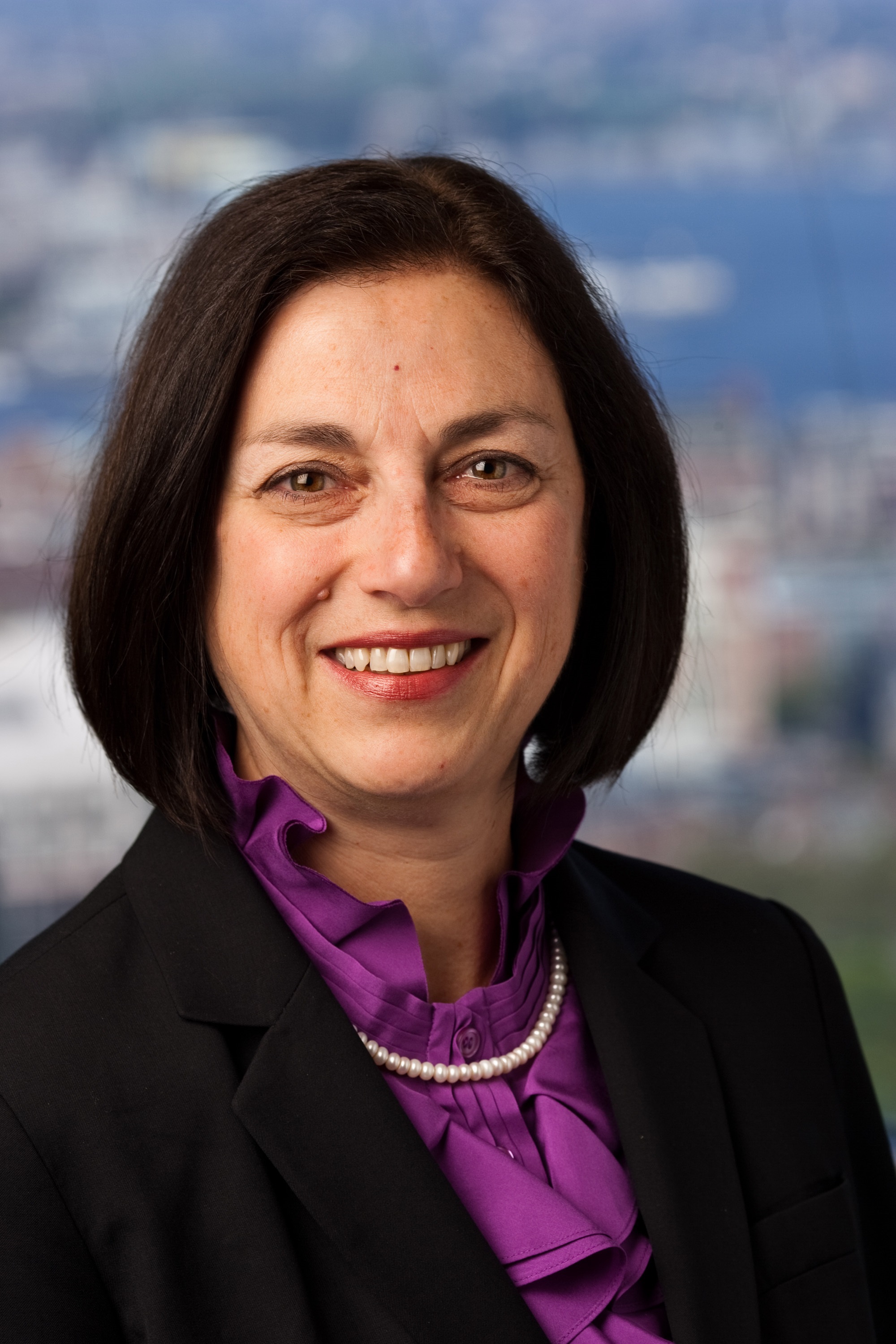
Finding high growth stocks that stay high growth for years is often the most rewarding target for professional investors. Since 2015, the Wall Street Transcript has been publishing interviews with top rated research analysts and highly experienced portfolio managers as they show the love for one of these stocks, Illumina, Inc. (NASDAQ:ILMN).
Nancy Prial, CFA, is the Co-Chief Executive Officer and Senior Portfolio Manager at Essex Investment Management Company. She is the portfolio manager for the micro, small and smid growth strategies. Earlier, she worked at Burridge Growth Partners as the Chief Investment Officer and Senior Vice President responsible for the smid and small-cap growth strategies. In an exclusive interview in the Wall Street Transcript on July 15, 2015, Ms. Prial called it for Illumina.
“Ms. Prial: We have owned Illumina (NASDAQ:ILMN) for a long time. We originally bought Illumina in the early 2000s in our small-cap portfolio. It was roughly a $250 million market-cap stock when we originally bought it in that portfolio. We no longer own it in that portfolio. We added it into our small/midcap portfolio when it crossed over $500 million market cap, and that is where we still own it.
At the time that we purchased Illumina, the company was not the company it is today. But people did not understand the power of their technology and what was possible for this upstart little company — and they were a very little company in those days — to gain market share, and to grow against who was the primary competitor and leader at that time, Affymetrix (NASDAQ:AFFX). What we saw was the power of their product. We liked the fact that they were a very small company because the math for the growth was easier. We saw a path where this company can consistently grow 40% to 50% a year for really as far as we could project forward, and we did not believe that was discounted in the price of the stock. ”
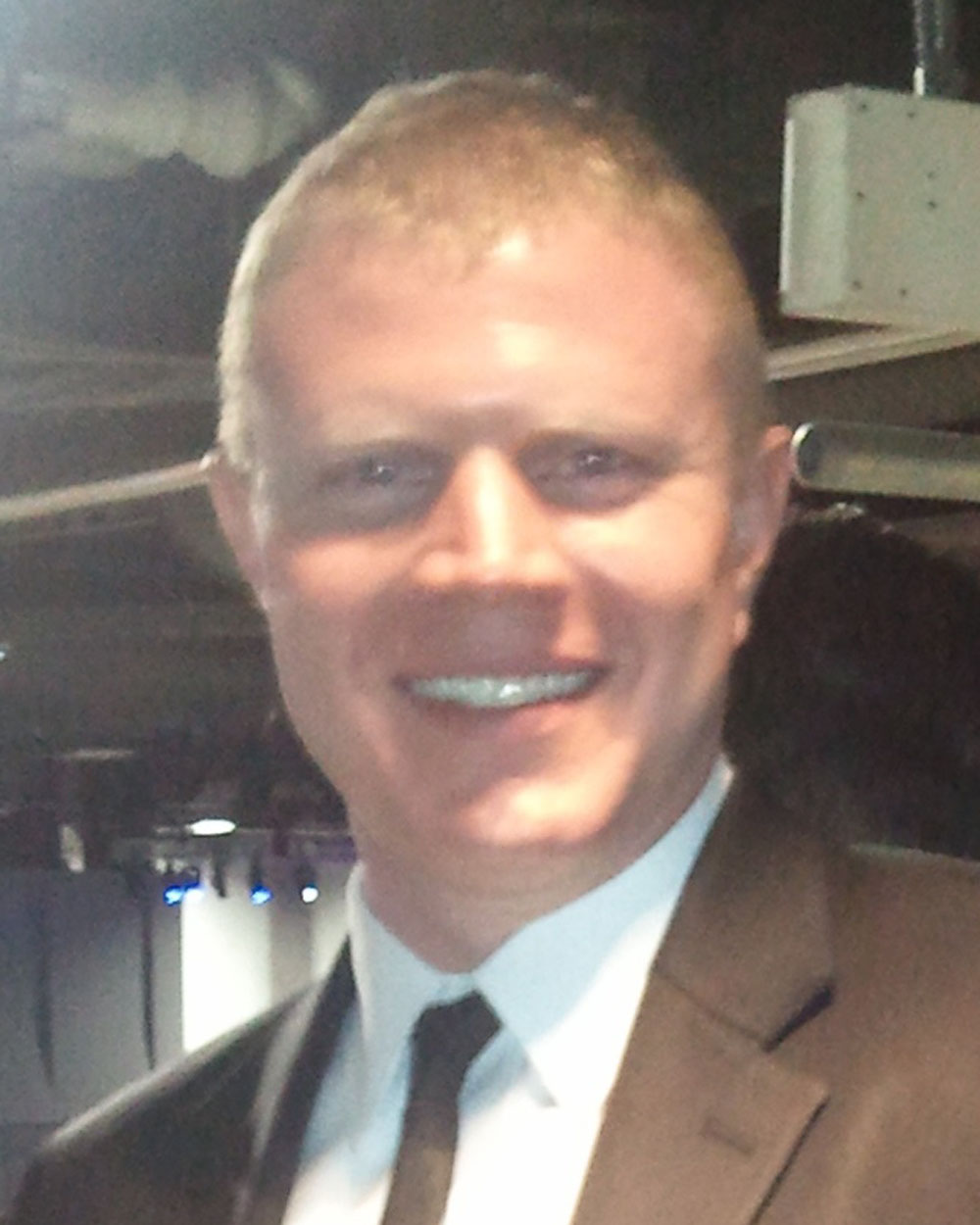
In March of 2016, in an exclusive interview with the Wall Street Transcript, Bryan Brokmeier, CFA, a Senior Equity Research Analyst in life science tools and diagnostics at Cantor Fitzgerald also singled out Illumina as a stock to buy. Prior to joining Cantor Fitzgerald, Mr. Brokmeier was a Senior Health Care Analyst at Maxim Group, where he covered the life science tools and diagnostics sector. In 2014, Mr. Brokmeier was ranked the number three stock picker in the life science tools and services category by Thomson Reuters StarMine.
“Illumina has recently introduced new oncology panels that will increasingly compete with Thermo Fisher and is an area with a lot of growth. A lot of the initiatives that Illumina has been taking on should drive growth within the oncology market, which for them has already been growing over the last couple of years around 30% each quarter. We can start to see acceleration as they get these panels on the market and form new partnerships with additional biopharma companies as well as the academic market.
Liquid biopsies are one particular area where Illumina has been investing and recently announced an acceleration of that investment through the formation of its subsidiary, GRAIL. GRAIL seeks to accelerate the development of a cancer screening test using circulating tumor DNA. While there are many companies investing in liquid biopsies, including Trovagene, in the near term, these other companies are focused on developing tests for the noninvasive monitoring of oncogene mutation status, disease progression and disease recurrence, and are many years away from developing screening tests.”

On November 3, 2017, in an exclusive interview with the Wall Street Transcript, David Westenberg, CFA, a Senior Vice President and Senior Equity Analyst at C.L. King & Associates, repeated the ILMN recommendation. Mr. Westenberg joined C.L.King in January 2016 with seven-plus years of investment industry experience, most recently at Canaccord Genuity, where he was an Equity Research Associate covering 20 companies in the animal health and diagnostics industries.
His take on Illumina?
“When you are looking at Illumina, it has 80% to 90% market share, but its market backdrop is outstanding, and genomics itself is a multi-decade megatrend. Sequencing right now is growing at 15%-plus, and it is almost impossible to rip out an Illumina instrument once it has been placed into a laboratory, particularly on the clinical side because the reality is that somebody has to revalidate an instrument. In this particular market, you rarely get companies like this at a very good price. And investors know that, which means it’s multiple I think is safer relative to its peers. Maybe two to three years down the line, the entire market pulls back and the stock is at the same price, but you just buy more. You’ll be happy you’ve followed the story during that pullback.”
To follow the professional investors, read their entire interviews in the Wall Street Transcript.

Our report this week focuses on the Oil & Gas Production sector. Our interviews include highly experience research analysts with strong recommendations for investors.
Pavel Molchanov joined Raymond James in 2003 and began work as part of the energy research team, becoming an Analyst in 2006. He initiated coverage on the alternative energy/clean technology sector in 2006, followed by the integrated/multinational oil and gas sector in 2009. His view is that oil production stocks are going higher in 2018.
“So the equities have been lagging the commodity. There is no single explanation for why that is — there are various elements to it — but we have seen this de-linking. The good news is that it creates relatively easy comparisons into 2018. In other words, if the stocks were to revert back to trading alongside oil as they have traditionally for years and even decades, that would suggest that the equities will be outperforming the commodity in 2018.”
His top picks include Marathon Oil (NYSE:MRO), YPF (NYSE:YPF), and Kosmos Energy (NYSE:KOS). Read the entire interview to get Mr. Molchanov’s reasoning behind these eclectic recommendations.
Noah Barrett is a Research Analyst at Janus Henderson Investors and the lead on the firm’s energy and utilities research team. He agrees with Mr. Molchanov: “I think if crude prices remain at current levels or continue to move higher, 2018 should be a good year for the energy sector as some of the equities catch up with the commodity.”
The caveat? “In U.S. onshore unconventional production, there is an increasingly complex supply chain and greater need for logistics management. If one area of that supply chain, say, water handling or frac sand availability, is compromised, it can limit a company’s ability to complete a well and get production online. As a result, I’m focused on names that have done a good job of building out infrastructure and can handle some of the logistics constraints that we see unfolding as industry activity increases.”
Mr. Barrett picks Antero Resources (NYSE:AR) and Anadarko Petroleum (NYSE:APC) as two of his favorite stock picks to start 2018. Read his reasoning in the complete interview.
Paul Grigel disagrees with his colleagues. Mr. Grigel is an Analyst responsible for providing coverage of U.S. independent exploration and production companies at Macquarie Group Limited. He has a less lofty opinion on the sector as a whole, and while stock prices have lagged, “when you see what the commodity price has done versus what the stocks have done, but if you balance it with where expectations were at the start of the year, I think it’s actually a lot more closely aligned than most people probably realize.”
His recommendation is based on looking where management is incentivized to perform.
“This is an industry where every firm but one for us last year had a production growth metric that was based on absolute production growth. Quite simply, if they wanted to spend more, they could, and they could go hit that growth metric. Changing these metrics to per-share ones that are more aligned with shareholders, focusing more on explicit returns rather than elements that add up to return, it’s critical. It’s a very, very big difference.”
His top picks include Devon (NYSE:DVN), Cabot (NYSE:COG), and Continental (NYSE:CLR). Read his interview in the Wall Street Transcript to get the complete detail on why these are Mr. Grigel’s favorites.

Ronald D. Ormand is the Executive Chairman of the board of Lilis Energy, Inc. He brings more than 34 years of industry experience as an investment banker and energy executive. Mr. Ormand was a Co-Founder and senior executive at Magnum Hunter Resources Corporation (NYSE:MHR), where he guided MHR from sub-$30 million enterprise value to over $3.2 billion in four and a half years when he departed. In this exclusive interview with the Wall Street Transcript, Mr. Ormand demonstrates his commitment to building an oil production company from the ground up.
“We’ve since built the company over the last year and a half to one that now has over 16,000 net acres, and we have also substantially increased our production…We have a very contiguous, focused block in the northern Delaware Basin area, primarily in Texas. We also have acreage position in New Mexico, which we have been growing. We’ve been focused on aggregating acreage and drilling wells primarily focused in the Wolfcamp B in 2017. Our wells are some of the best wells in the Delaware based on IP per 1,000 feet. In 2018, we’ll be looking at drilling some additional benches in the area which look attractive. Those will likely be the Wolfcamp A, Wolfcamp X-Y and Second Bone Springs. We’re doing more delineation and drilling focus in 2018.”
“We raised over $200 million last year. Our main capital provider, Varde, has been a very good partner and continues to support our growth initiatives. We have also a very strong and loyal group of shareholders who have been with us since we did the Brushy transaction in 2016. We have approximately 23% of our shares held by management and the board. We’ve built out our capital structure with a combination of equity and debt. We focus on our debt metrics as we move into 2018 and target approximately 3-to-1 debt/EBIDAX — Q4 — by the end of the year. Growing our production base through our development program will allow us to accomplish that.”
Read the entire interview with the CEO of Lilis Energy in the Wall Street Transcript and get the details on how to build an oil production company from scratch.

John A. Brda is the President, CEO, Secretary and Director of Torchlight Energy Resources (NASDAQ:TRCH). Mr. Brda has been the President and Secretary and a member of the board of directors of Torchlight Energy Resources, Inc., since January 2012. He was promoted to Chief Executive Officer in December of 2014 with the exit of the company’s Co-Founder Tom Lapinski. In this exclusive interview in the Wall Street Transcript, Mr. Brda reveals some significant upcoming milestones for his company.
The company has weathered the oil price downturn and is poised to perform. “Tom retired in 2014, I took over as CEO and transitioned us to a Permian-focused company. We have three assets in the Permian Basin, and we are currently in development mode on all three. 2014 and the commodity price downturn was tough for many energy companies which did not survive, but for Torchlight, it simply kept us from jumping into full development, as no one wanted to finance or even talk about oil and gas.”
One project thas already started to pay out. “We have 12,000 gross, 9,600 net, acres on the eastern edge of the Midland Basin, still firmly in the basin, not up on the eastern shelf…all of our plays were originated by Rich Masterson, who is a well-known Permian Basin geologist. He is the geologist on all of our projects, and this one he brought to us along with Greg McCabe.”
Another major project is nearing investment confirmation. “In fact, we are drilling our first horizontal well out there as we speak. We are getting ready to finish the vertical section right now, and then we will do some more science work to determine where we want to go horizontal, which should be underway in the next few days. That project is really a main focus of our company, because if we can prove that we can drill nice horizontal wells out there, we have 133,000 acres in which to do so…The main pay zone there is the Pennsylvanian.”
All of the ongoing projects have near term return potential: “…this is going to be a very transformative year for us. We are moving into production on all our plays, and we are moving forward with potential additional projects…I think people are going to be surprised by the strides we make this year.”
To get complete details on the potential for massive returns in Torchlight Energy, read the entire interview in the Wall Street Transcript.
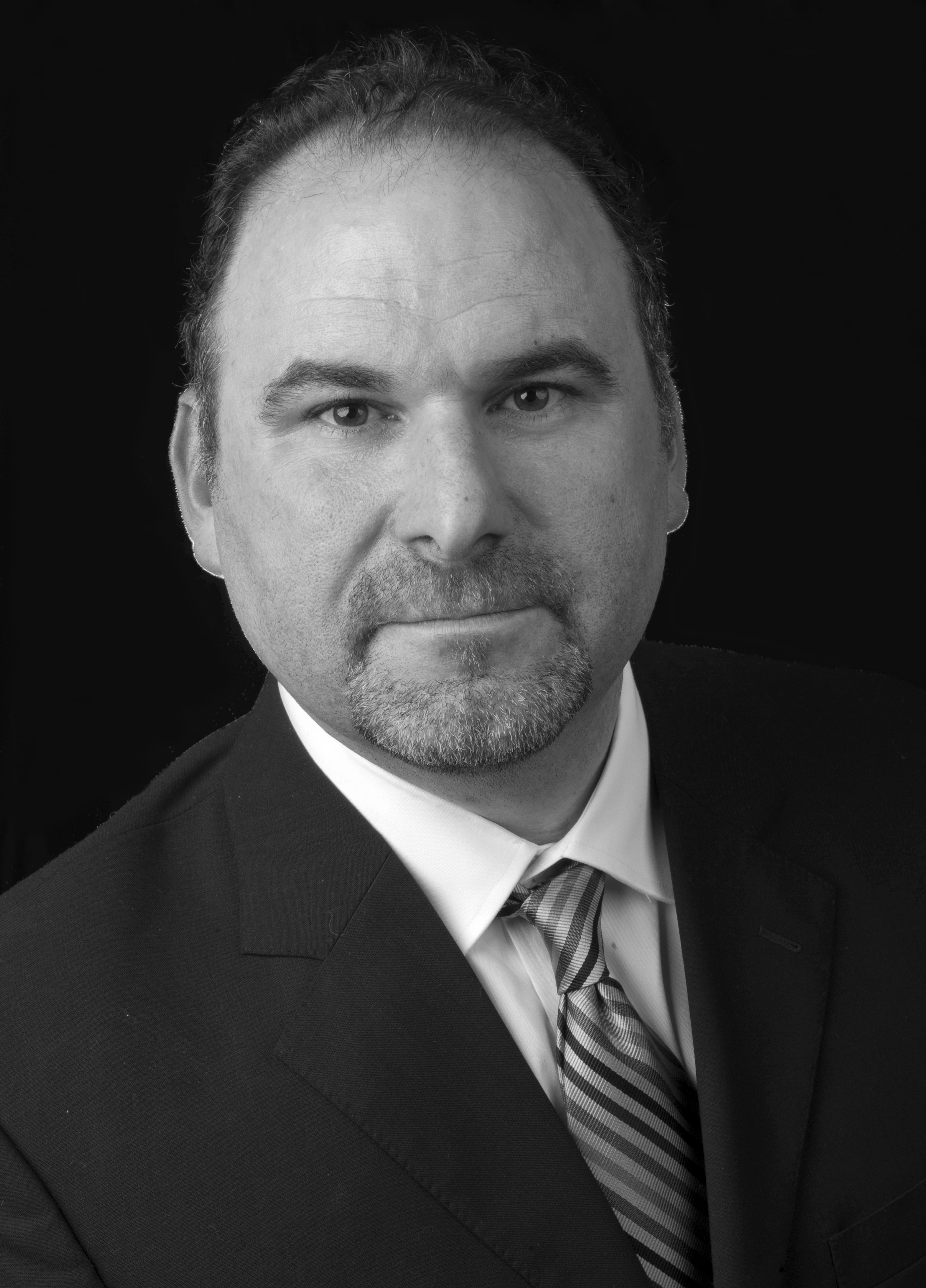
Rafael Resendes is the Co-Founder of The Applied Finance Group, a Founding Managing Director of Toreador Research and Trading, and a Founding Managing Member of AFGI. Founded in 1995, The Applied Finance Group — AFG — specializes in understanding the expectations embedded in market prices and constructing portfolios from that information to outperform stock market indices around the world. In this exclusive interview with the Wall Street Transcript, Mr. Resendes explores his process for portfolio development.
The portfolio is created through intense analytical capabilities: “…we break down data, convert as-reported accounting data to an economic framework to properly measure how are companies performing and then incorporate our valuation approach that we’ve been using for 23 years, which solves a lot of problems with traditional valuation approaches. So I think the analytic advantage is a huge plus for us…”
The details of the investing process are examined in this interview. “Our process is used to value 22,000 stocks on a systematic basis, that gives us access to a rich data set that very few firms in the industry have access to or could even dream of having access to. And the result of that is over time we’ve identified certain inflection points that, while we’re not macro-type allocators, we’ve been able to identify certain inflection points that tell us this market is extraordinarily cheap or this market is extraordinarily expensive.”
This proprietary analytic methodology led to to an investment in Micron (NASDAQ:MU) which revealed “an embedded call option on Micron with new technology they created jointly with Intel (NASDAQ:INTC) called 3D XPoint, which could be a revolutionary business, but at the time, the market was putting zero value to that, just valuing the existing business very cheaply given how the industry had changed. Today, Micron is probably poised to generate $8 a share in 2018, and the stock is trading in the low 40s. On a multiple basis, this is still an extraordinarily cheap stock compared to the marketplace.”
To see more examples of the investing method0l0gy of Rafael Resendes, Co-Founder of The Applied Finance Group, read the entire interview in the Wall Street Transcript.
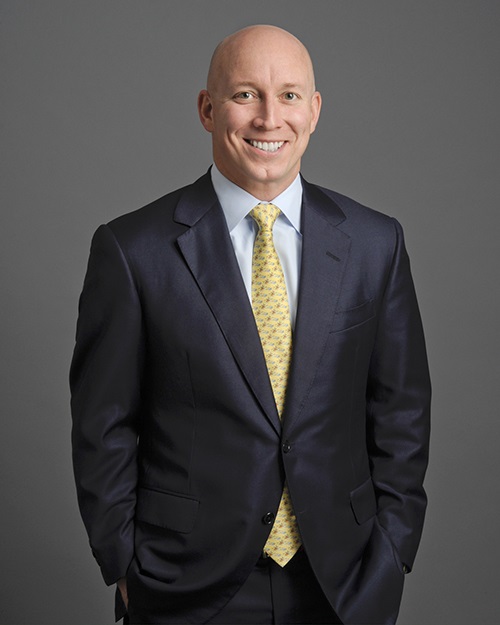
Matt Schreiber is the President and Chief Investment Strategist of WBI Investments, as well as a voting member of WBI’s Investment Committee and an owner of the firm. Mr. Schreiber is responsible for the day-to-day oversight of WBI’s business operations. As Chief Investment Strategist, Mr. Schreiber’s responsibilities include market and economic analysis, portfolio strategy, and product design and development. In his exclusive interview with the Wall Street Transcript, Mr. Schreiber details his investment firm’s portfolio strategy.
“We’re agnostic to where the opportunities are, whether they’re small, mid or large-sized companies, but I think one place to be shopping is where you can find good value, trying to buy low and sell at a higher point, and a company that has good fundamentals. So despite popular belief and where the returns have mostly been in the last couple of years as people have been focused on growth and tech companies, I think one thing that we’re starting to see is a resurgence of companies that are a good value that do pay a dividend.”
One contrarian pick illustrates the firm’s methodology: “Target (NYSE:TGT) is interesting because a lot like Amazon’s (NASDAQ:AMZN) acquisition of Whole Foods, Target has food. It has those consumer staples for everyday life, so not only do they have a lot of your housewares and home goods and electronics, but they also have a strong offering from a clothing perspective. And of course, you can do your grocery shopping there. So it’s kind of a very nice one-stop shop. And I think that’s what makes it a very interesting investment — you know, in the short term at least.”
Read the complete interview with Matt Schreiber, Chief Investment Strategist of WBI Investments, in the Wall Street Transcript to get more of his top picks and portfolio strategy.

Brock Pierce is a Founder and Managing Partner at Blockchain Capital. He is also Chairman of the Bitcoin Foundation. Blockchain Capital has invested in more than 30 Blockchain-enabling technology companies. Mr. Pierce is also a founder, adviser or board member of GoCoin, Tether, ZenBox, Blade Financial, Expresscoin, Noble Markets, BitGo, ChangeTip, BlockStreet, Coin Congress and Plug and Play. In his exclusive interview with the Wall Street Transcript, Brock Pierce explains the entire blockchain and bitcoin ecosystem and describes how to invest profitably in this new asset class.
“From an adoption perspective, we’re where the internet was in 1990. In terms of kind of an infrastructure perspective, we’re where the internet was in, call it, 1994. And so we’re experiencing a technological revolution that is going to impact every person’s life on the planet, and certainly impact every business into a similar and greater extent than the internet has. So it’s a big deal, but it’s the early days, and it’s something that most people don’t understand.
One of the most basic components of that is that the idea of bitcoin, and ultimately the enabling technology that emerged, the blockchain, has been around for 40 years, and there was no one on the planet smart enough to figure out how to do it. If you are studying for your doctorate in cryptography, mathematics or computer science, you very likely look at the Byzantine Generals Problem, otherwise known as a double spend, and no one figured that out until now. And so bitcoin solved this sort of Holy Grail of computer science problems that is enabling all of this.”
Mr. Pierce explains how even top tier Wall Street investment banks are jumping on the band wagon: “Goldman Sachs (NYSE:GS) has great research reports. Goldman Sachs’ last report said that the blockchain is going to change, well, everything. Goldman Sachs is saying it will change the entire world, and you have research reports out of most of the major institutions at this point. And I would say go get the research. It’s there.”
Brock Pierce see tremendous upside for global finance in the technological advances based on blockchain: “… it’s also places like Southeast Asia or Africa in the same way that they leapfrogged wired telecommunications and went straight to wireless, and where you got problems like with Zimbabwe and their $100 trillion banknotes. In places like this, this is the technology that is democratizing the global financial system and allowing everyone on the planet to have equal access, and the people that are standing the benefit and the ones that are most likely are going to use it are not you and me. To us, it’s a speculative investment opportunity. To a lot of the planet, to a majority of the planet, it is important as clean drinking water; it changes their lives completely.”
To get the full details of blockchain currency investing from Brock Pierce of Blockchain Capital, read the entire interview at the Wall Street Transcript.

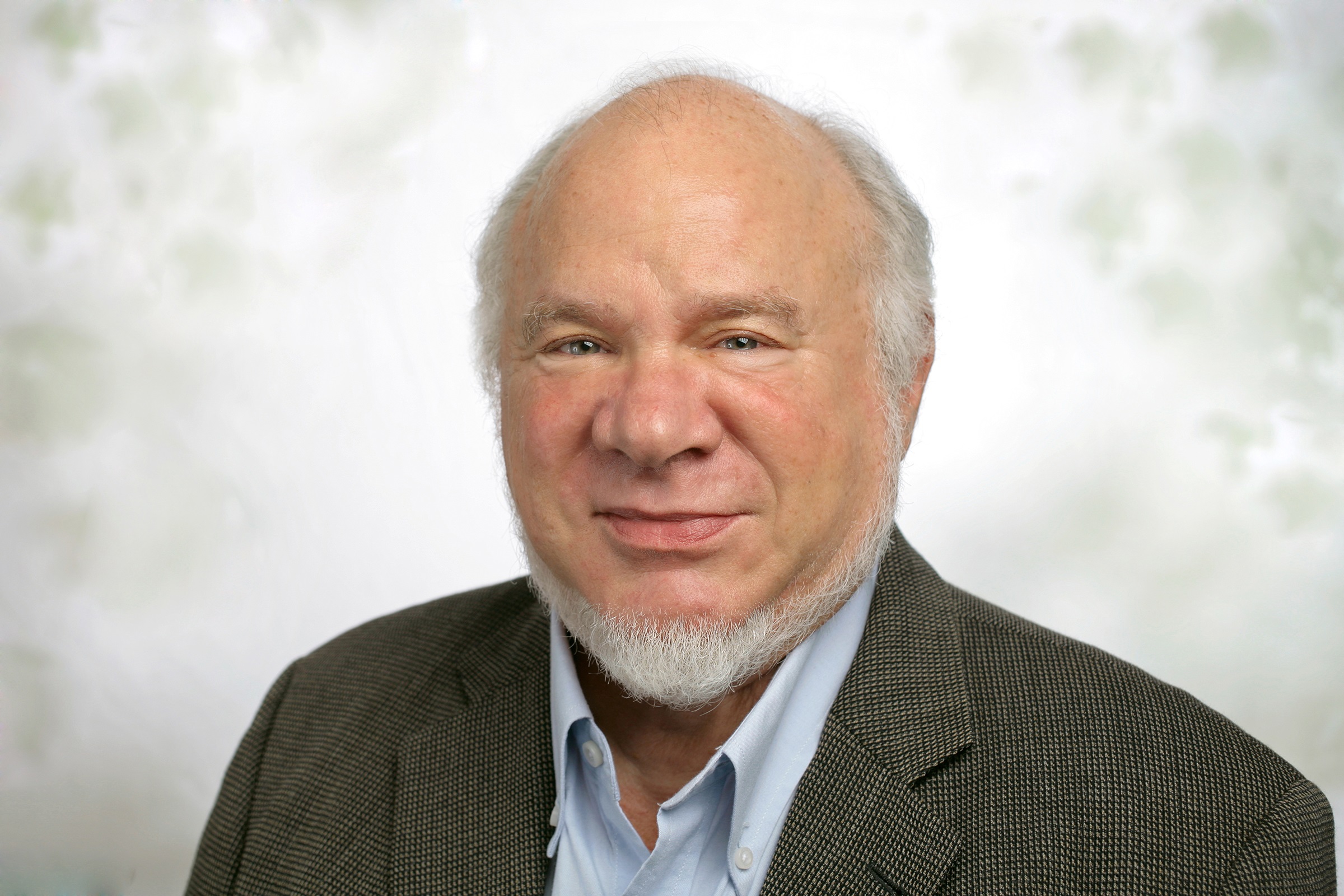
Lowell G. Miller founded Miller/Howard Investments Inc., where he is Chief Investment Officer, in 1984. He is the author of three books on investing, including The Single Best Investment: Creating Wealth with Dividend Growth. Owen Harvey is a Research Analyst at Miller/Howard Investments Inc. Earlier, Mr. Harvey spent seven years with Lazard Freres, where he was a technology analyst. In their exclusive interview with the Wall Street Transcript, these two highly experienced research analysts share their detailed methodology for finding the best MLP investments and structuring them into a tax advantaged portfolio driven product.
“We might just talk a little bit about ETNs. We’re not the ETN provider in the case of our MLP Fundamental Index; Citigroup (NYSE:C) is. ETNs trade just like ETFs. There are two disadvantages and one very large advantage. The investor does not pay any capital gains tax on changes within the portfolio because the investor doesn’t actually own the portfolio. The investor owns a note from Citigroup, which promises to pay the return of the portfolio. That’s the big advantage…There’s no capital gains, and in the case of MLPs, that’s really important because the longer you hold an MLP, the more tax you’re going to pay on sales, whether it goes up or not, because there’s a recovery of the tax deferral on a sale.”
The actual structure of the portfolio is a new take on the MLP universe of investments: “Some would make the argument that the highest weight in a cap-weighted index will not help outperform the index because they’re too big, because they’ve reached a lot of large numbers and their potential for growth is not as good. That may or may not be right in the case of MLPs. I think in the case of MLPs, the reason why we don’t have to hold cap weights is that, frankly, the distribution of returns in the sector is fairly narrow compared to other sectors. They’re pretty much going in the same direction at the same time, and it’s really a question of magnitude, and it’s also a question of the quality companies going down less in down markets than the lower-quality or more financially stressed companies.”
For detailed insight into the specific recommendations of Lowell Miller and Owen Harvey, read the entire interview at the Wall Street Transcript.
Daniel P. Reininga became President and Chief Executive Officer for Lake Shore Savings Bank on January 28, 2011. He was previously appointed the Executive Vice President and Chief Operations Officer of the company on January 1, 2010.
Rachel A. Foley is Chief Financial Officer and Treasurer of Lake Shore Bancorp, Inc. She joined Lake Shore Savings Bank as Controller in March 1999 and was promoted to Chief Financial Officer in March 2006. Her prior work experience includes being a Financial Audit Supervisor at M&T Bank in Buffalo, New York.
These two experienced banking executives are focused on building a strong business in upstate New York. “The Erie County marketplace is still very robust when it comes to commercial lending, and that is where great opportunities exist for a bank of our size. We continue to focus on the right kind of loans with the right kind of risk metrics without compromising our risk standards or underwriting standards. Commercial lending is a very, very important opportunity for us to continue to serve and meet the needs of commercial banking clients, primarily focusing on commercial real estate loans. There is also a real interest in maintaining the residential loan portfolio to meet our customers’ needs as well.”
One growth area is the increase in medical education in the area. “We are seeing multifamily, as I said previously, as a real opportunity in the Buffalo marketplace with the “eds, meds and beds” phenomenon that continues. As medical schools and hospitals are locating their campuses in downtown Buffalo and bringing a tremendous number of medical students and jobs to the downtown corridor, housing needs have grown substantially there.”
The residential growth is also driving commercial loans. “We also have financing deals related to commercial real estate investment properties that are a reasonable risk with national tenants. They would include some medium-box retailers as in Dollar General (NYSE:DG) and Family Dollar (NYSE:FDO). Those would be units that are being built by high net worth individuals as part of a real estate investment portfolio that is diversified for those individuals.”
To get all the details of the growth strategy for Lake Shore Savings (NASDAQ:LSBK), read the entire interview in the Wall Street Transcript.